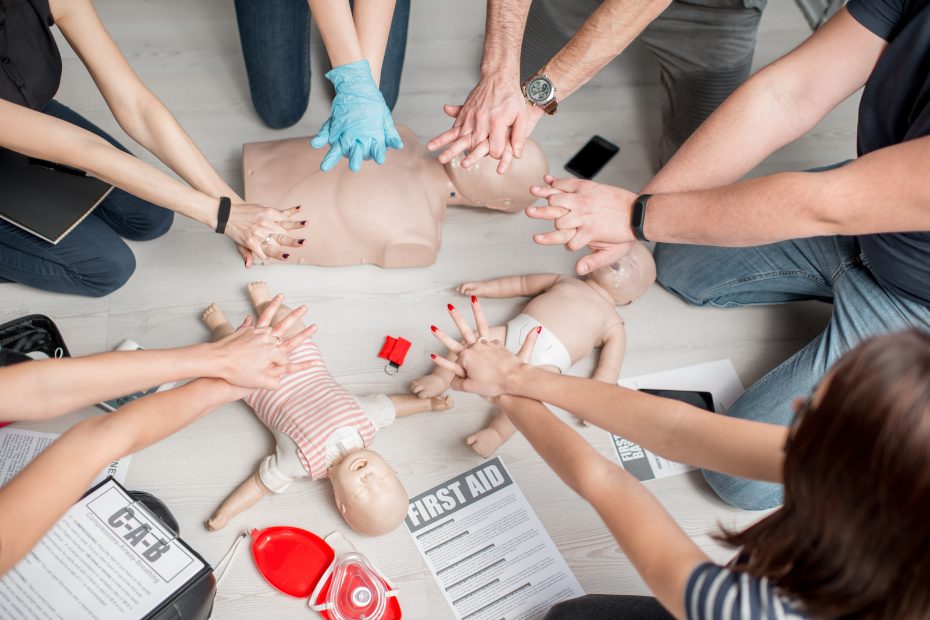Understanding CPR
Cardiopulmonary Resuscitation, is an emergency procedure that combines chest compressions and rescue breaths to sustain blood circulation and provide oxygen to the body when the heart and lungs are not functioning effectively.
Why perform CPR?
1. Restarting the heart: The primary goal is to restart the heart’s pumping action when it has stopped.
2. Maintaining oxygen supply: It ensures a continuous supply of oxygen to vital organs, especially the brain, preventing irreversible damage due to oxygen deprivation.
3. Buying time: CPR buys precious time until professional medical help arrives. Immediate intervention increases the chances of successful resuscitation.
The process
1. Recognition of emergency: Recognising when someone is unresponsive, not breathing, or has an irregular pulse is the first step.
2. Activating emergency services: Call for professional medical assistance immediately on 000 or 112 (if you are on a mobile). If you are unable to speak or you cannot hear, use the emergency text messaging service on 106.
3. Chest compressions: Perform chest compressions by pushing hard and fast on the centre of the chest. This action helps circulate blood to vital organs.
4. Rescue breaths: If trained, provide rescue breaths to deliver oxygen to the lungs. This step complements chest compressions in maintaining oxygenation.
5. Repeat: Continue the cycle of chest compressions and rescue breaths until professional help arrives or the person starts breathing on their own.
What does CPR do for the human body?
1. Restores blood circulation: Chest compressions maintain blood flow, preventing organ damage and increasing the likelihood of successful resuscitation.
2. Provides oxygen to the brain: It ensures a continuous supply of oxygen to the brain, preventing brain damage and improving the chances of a full recovery.
3. Supports cardiovascular function: By mimicking the heart’s pumping action, CPR supports the cardiovascular system, preventing further complications.
4. Increases the chance of survival: Early initiation of CPR significantly increases the chances of survival, emphasising the importance of immediate action in emergencies.
In conclusion, CPR is a fundamental skill that can empower individuals to take immediate action in emergencies, potentially saving lives. Beyond its procedural steps, understanding the why behind CPR – its role in restoring blood circulation, providing vital oxygen, and increasing the chances of survival – is crucial. Every individual should consider undergoing CPR training to be prepared to act swiftly and effectively during emergencies. The ability to perform CPR is a powerful tool that transforms bystanders into potential lifesavers, contributing to a safer and more resilient community.
Don’t forget to visit our Blog page for more articles on other interesting topics.
If you want to stay educated on CPR and even further your training, we cover CPR & First Aid in our courses which can be found here.
